
Sherlock Holmes observed that “There is always a man at a wedding who is not in any photograph” – the photographer. This brilliant deduction may have helped him identify a murderer, but today the task would be easier. Because the photographer is in the picture.
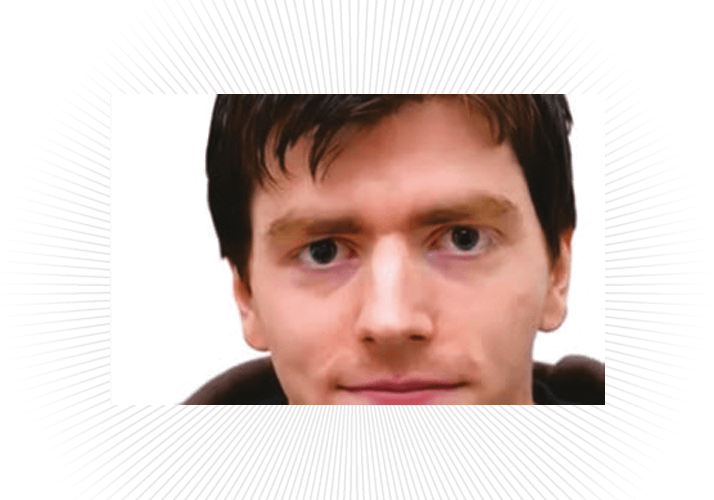
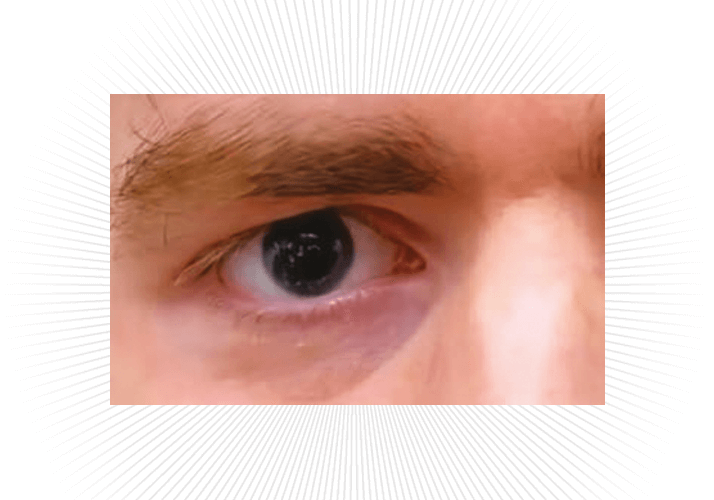
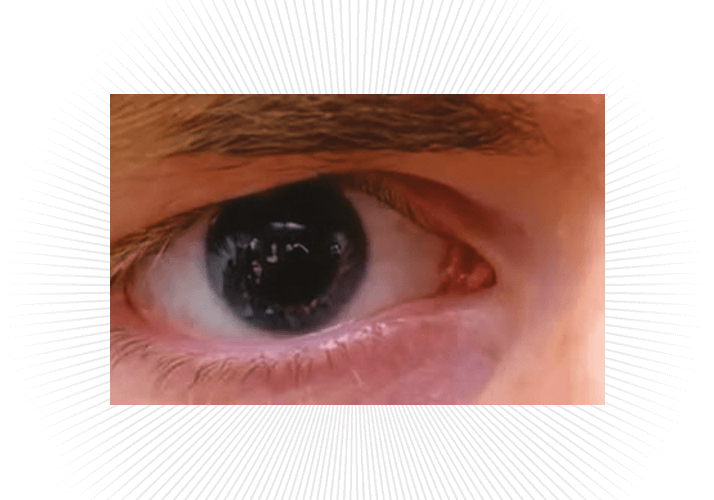
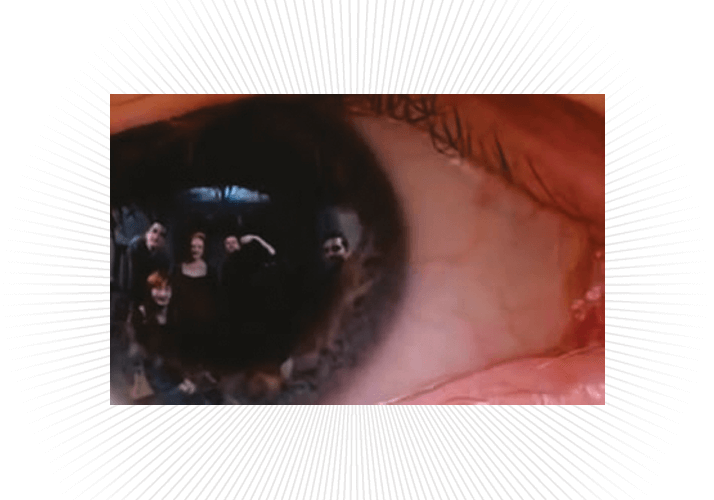
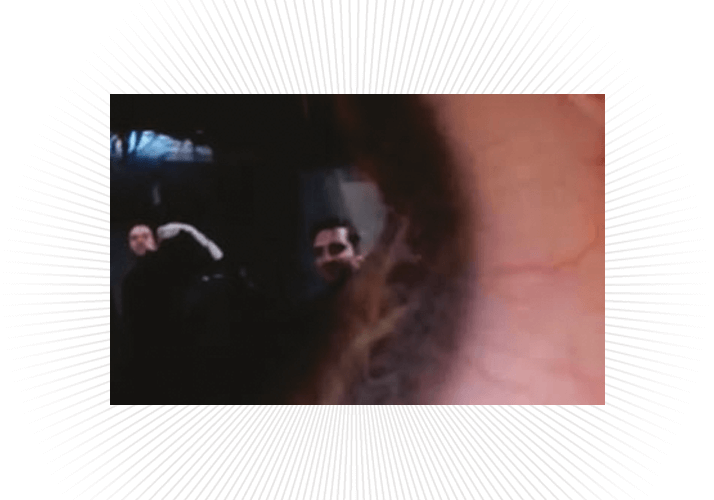
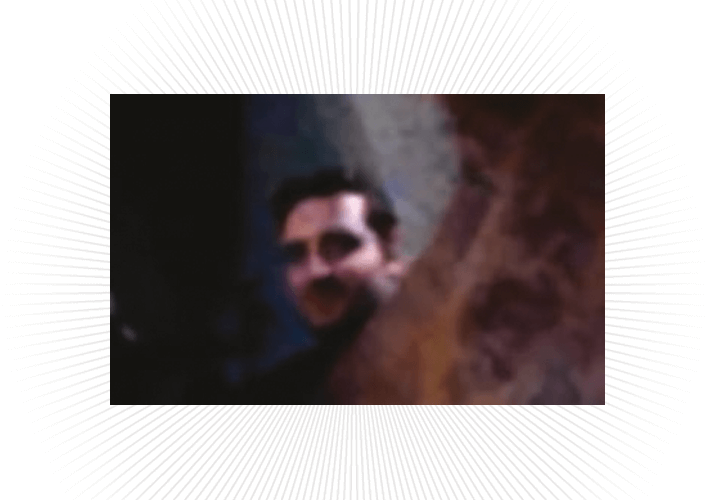
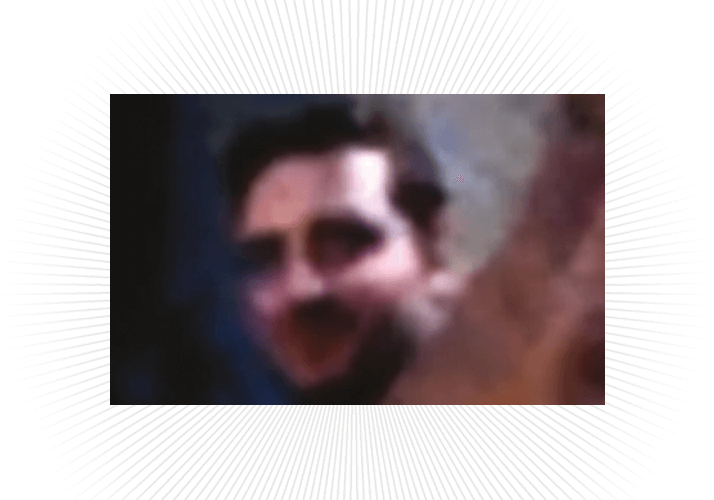
As psychology researchers Rob Jenkins and Christie Kerr have demonstrated (1), the advent of high-resolution digital photography means that incredible amounts of detail are captured in every photograph taken. Jenkins and Kerr exploited this, taking passport-style photographs of a person in the presence of four other people (plus the photographer) out of shot. The photos were taken at a resolution of 39 megapixels, then the eye of the subject was zoomed in on, and that image was presented to study participants. The participants were either familiar or unfamiliar with the faces of the people who had been in the room when the photo was taken.
Study participants were asked to identify the faces in the image against a series of portrait photographs – “foil” photographs were also used to increase the difficulty of the task. Success rates were seventy-one percent in those unfamiliar with the faces, which rose to eighty-four percent with familiar faces.
Jenkins and Kerr wrote, “Corneal reflections can reveal surprisingly rich information about the social environment,” noting that “these bystander images were not merely informative about facial appearance, they were properly identifiable to viewers who knew the faces.” Given that one company produces a smartphone with a 41 megapixel sensor already, it’s likely that many people will be carrying a camera in their phone that’s capable of showing not only the subject of the photograph, but also the photographer. The implications for crime investigation – and privacy – are substantial.
References
- 1. R Jenkins, C Kerr, “Identifiable Images of Bystanders Extracted from Corneal Reflections”, PLoS ONE, 8(12), e83325 (2013).
